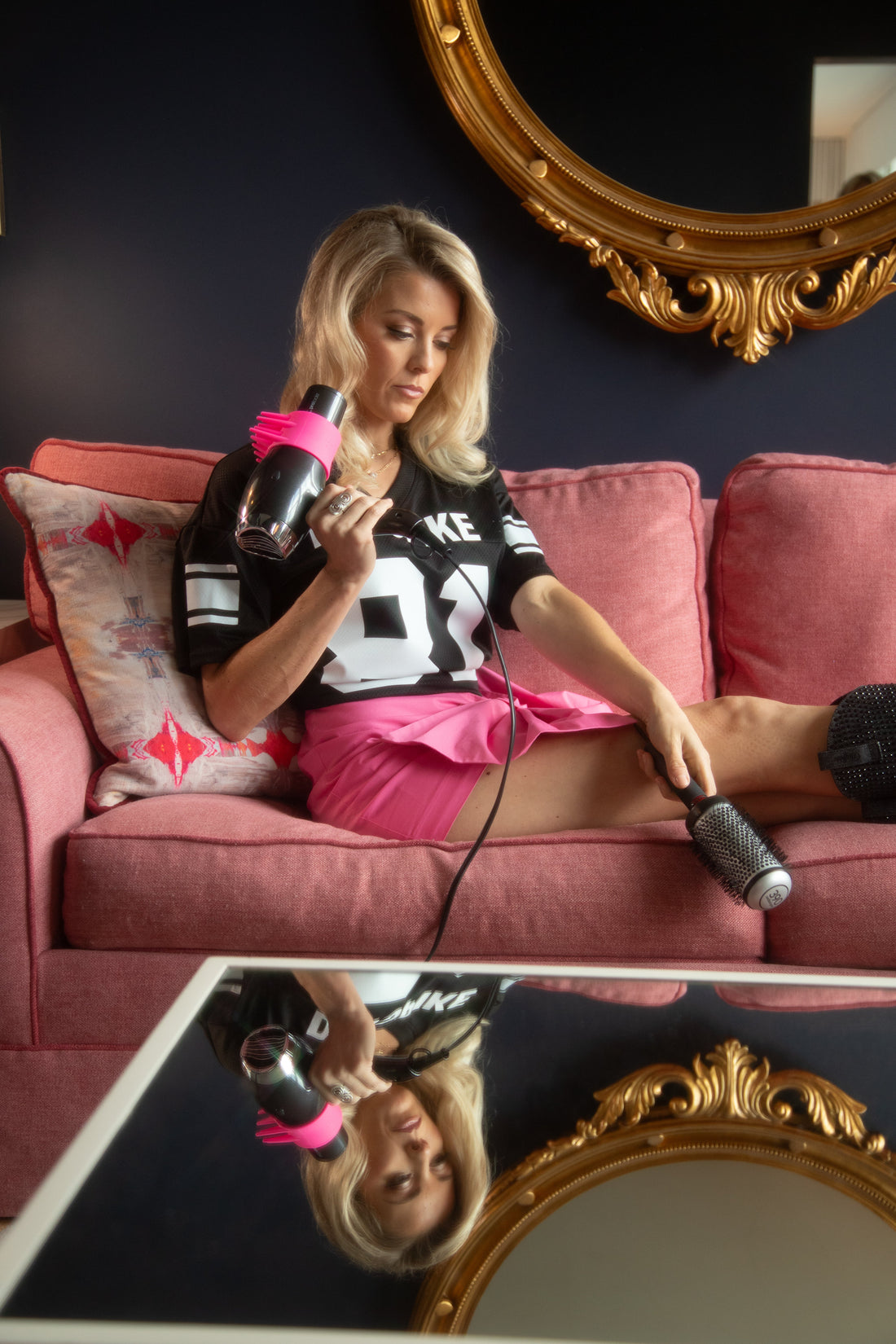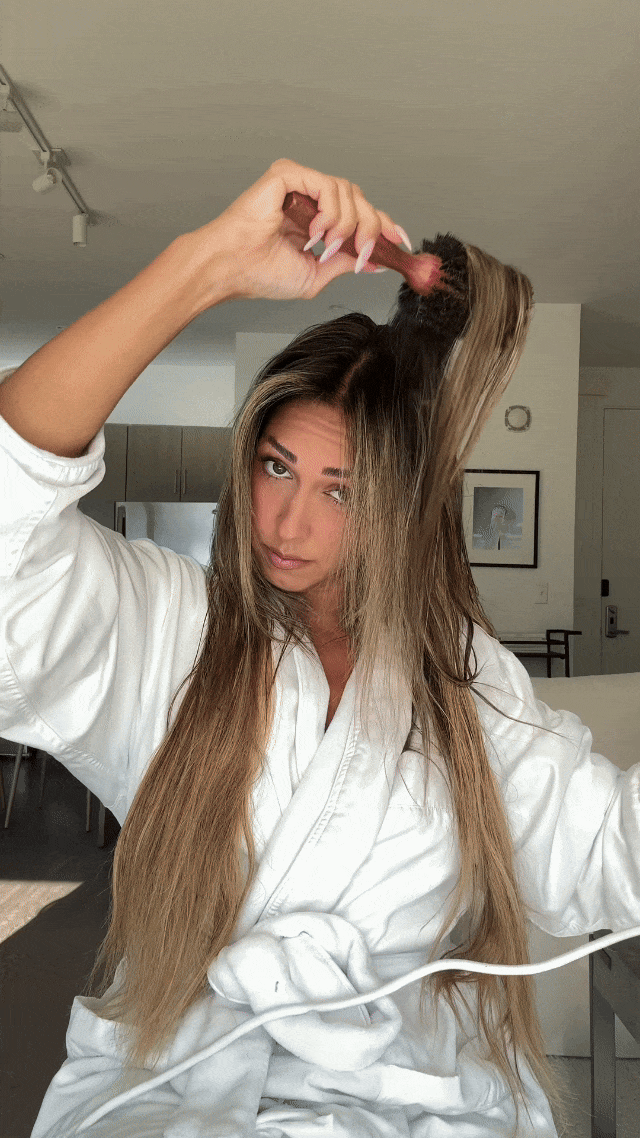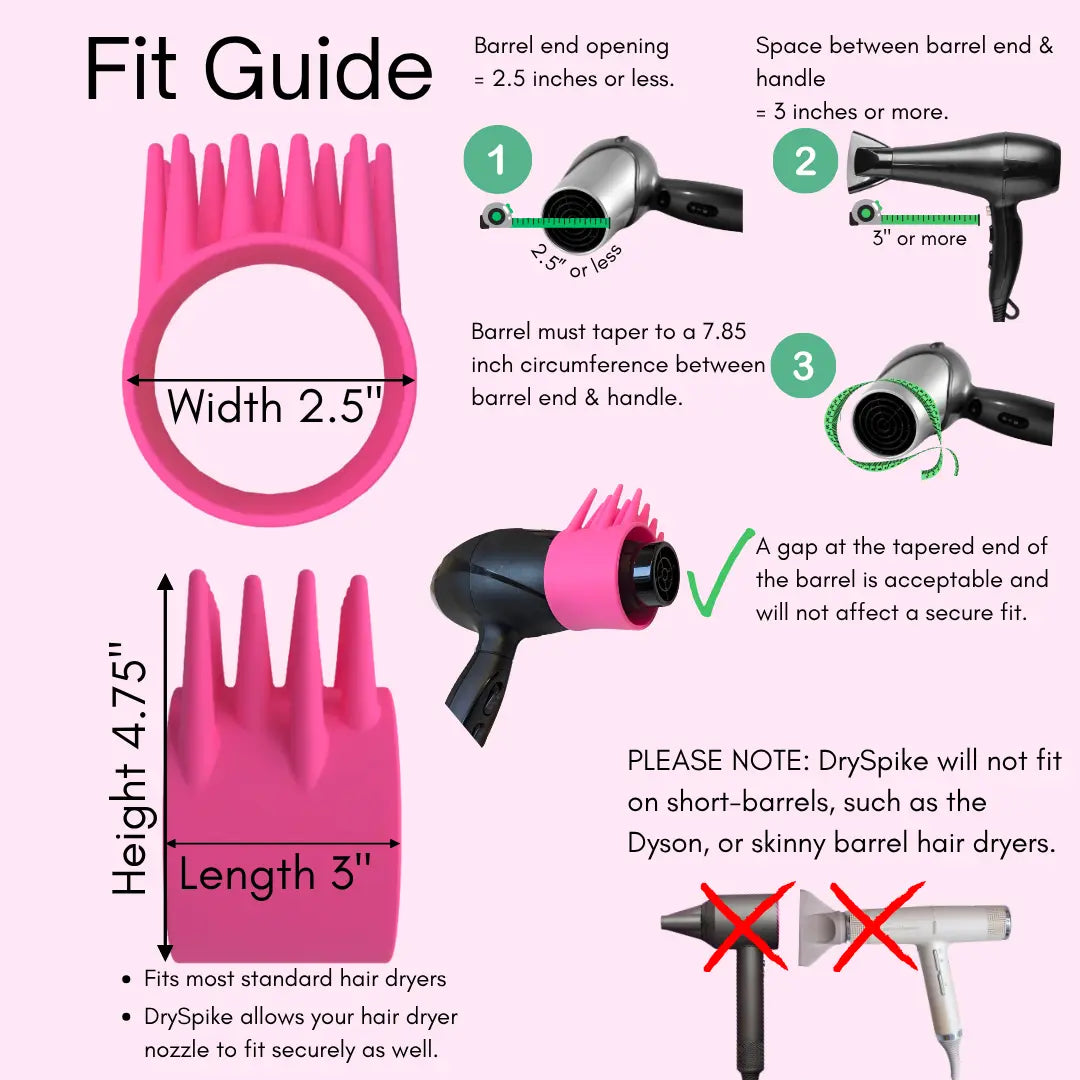
The Science Behind Heat Styling: How Tools Affect Hair Structure
Share
Have you ever wondered why a salon blowout gives your hair that bouncy, silky look—or why repeated heat styling can sometimes leave your hair feeling dry, frazzled, or rough? The answers lie in the science of how heat interacts with the core structure of your hair.
How Heat Changes Your Hair
Your hair is mainly made of keratin proteins bundled tightly together, giving each strand strength and flexibility. These keratin chains are held in shape by two types of bonds:
-
Hydrogen bonds: Weak and easily broken by water or heat.
-
Disulfide bonds: Much stronger, only changed by chemicals or extremely high heat.
When you use a hair dryer, curling iron, or flat iron, the heat temporarily breaks the hydrogen bonds. This makes your hair flexible and lets you reshape it—straighten, curl, or create bouncy volume. As your hair cools, these hydrogen bonds reform, helping your hair “set” into its new shape.
The Downside: What Excess Heat Can Do
While heat styling is great for transformations, overuse or too-high temperatures can cause problems:
-
Cuticle Damage: The cuticle is your hair’s outermost protective layer. Excessive heat lifts or cracks these protective scales, making your hair rough, frizzy, and prone to split ends.
-
Protein Breakdown: At too high a temperature (especially above 180°C/350°F), the keratin proteins can actually denature—think of how an egg white turns solid when cooked. This weakens the internal shaft, causing brittleness or breakage.
-
Moisture Loss: Heat evaporates natural moisture; if hair is overheated or heat is applied while still wet, tiny steam bubbles can form inside the hair. This “bubble hair” effect causes fragility or even snapping.
-
Color Fading: High heat can cause pigment loss in both natural and color-treated hair, leaving your strands looking dull and lifeless.
Using Heat Safely: Pro Tips for Healthy, Styled Hair
-
Use the Right Temperature: Fine or damaged hair? Stay at or below 300°F. Thick or coarse hair can handle a bit higher, but never go above 400°F.
-
Heat Protectants Matter: Always apply a quality heat protectant to create a barrier, reduce moisture loss, and limit cuticle damage.
-
Dry Before Styling: Never use high heat on very wet hair. Towel dry or use the lowest dryer setting first.
-
Don’t Overdo It: Space out heat styling days and mix in air-dry styles when you can.
Why Modern Tools Matter
Innovative hair dryers and attachments, like those from DrySpike, increasingly focus on even heat distribution, temperature control, and gentle styling—all crucial for minimizing long-term damage while still helping you achieve salon-quality results at home












